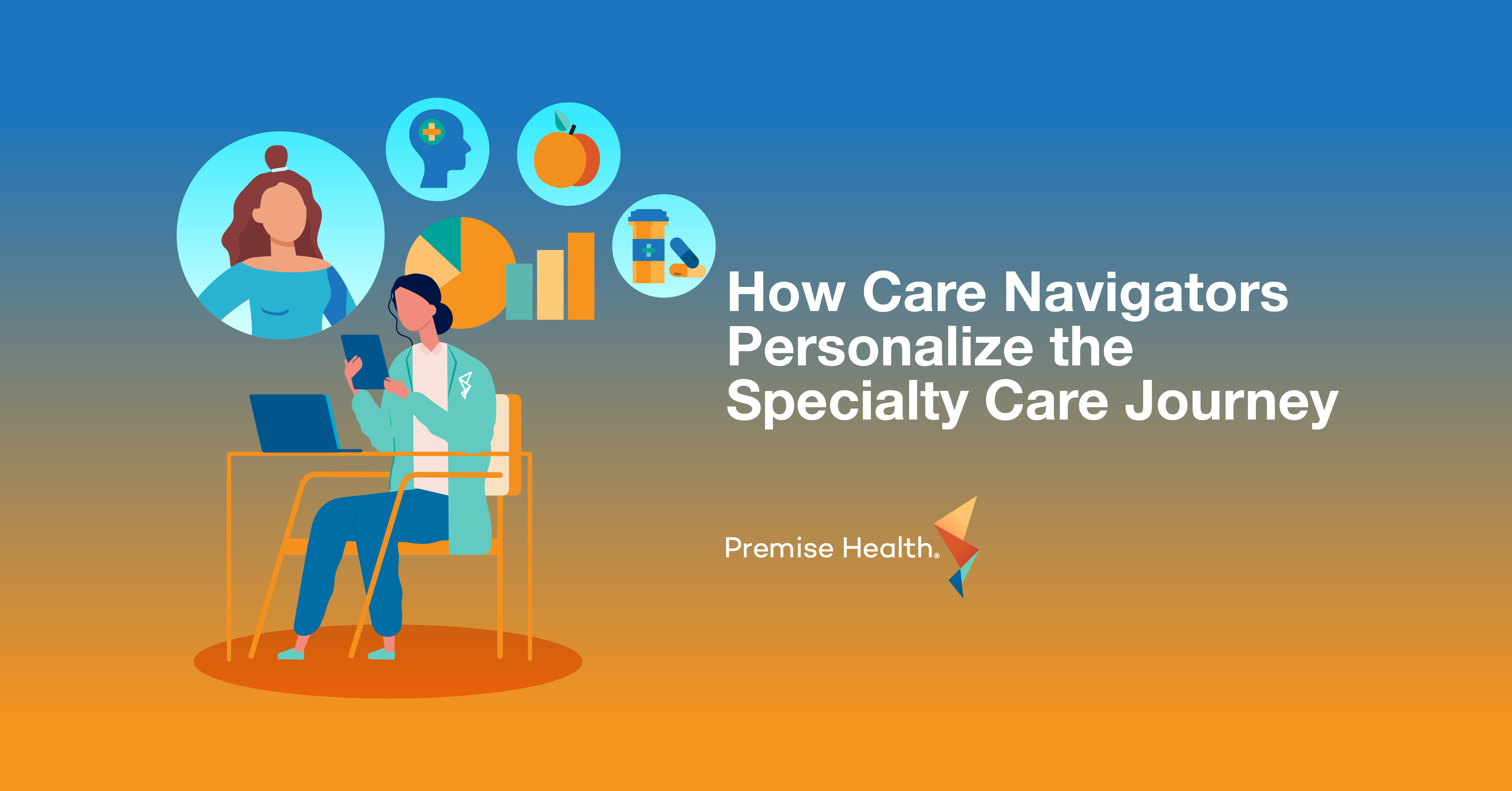Responding to Public Health Events: What to Look for in a Pandemic Readiness Partner
Over two years into the COVID-19 pandemic, finding accurate and up-to-date information needed to make business decisions is still difficult. Navigating rapidly changing recommendations, state and local guidelines, and updates from biased news sources can take your attention away from your most important responsibilities.
With new public health threats like monkeypox on the rise, organizations, HR, and health and safety teams need to get ahead of employee health and workplace safety. One way to do this is to consult with an expert to create a pandemic readiness plan that effectively protects and supports your people.
Look for these three key attributes in the right pandemic readiness partner to ensure your organization is prepared for current and future public health events.
1. They serve as your personal subject matter expert.
Understanding the latest complicated infectious disease updates is difficult, especially if you’re not a trained medical professional. You need the help of someone with the knowledge and experience to interpret the latest news from the medical community and provide guidance on business decisions. That way you can focus on the things that truly matter to your organization instead of sifting through mountains of data and misinformation.
The right partner will have experienced medical professionals that can monitor and digest the latest government regulations, CDC guidance, medical news, and more to create an actionable plan. They should help you answer difficult questions and can educate executive teams so that no one must rely on interpreting conflicting news sources. And they’ll do all of this with your organization’s specific needs and circumstances in mind.
2. They approach pandemic readiness through an occupational health lens.
Businesses are in the unique position of needing a partner with medical expertise that can also consider the risks and challenges of their workplace. Recommendations on masking, testing, and return-to-work plans need to take into account specific job duties and work settings. Additionally, organizations need to ensure they stay compliant with all OSHA health and safety regulations.
It takes an occupational health expert with intimate knowledge of your workplace and industry to navigate this tricky landscape. Whether you’re an essential manufacturing plant that can’t shut down or an organization trying to navigate bringing remote employees back into the office, you need an expert at your fingertips that has your worker’s wellbeing in mind.
3. They can support your employees’ overall wellbeing.
While pandemic planning for business continuity is important, a comprehensive pandemic readiness plan should go beyond that. Organizations need to ensure employees are taken care of during a public health event. This is particularly important for vulnerable employees among your population, such as those living with chronic conditions. Services that help protect employee wellbeing through a public health event include:
-
-
- Digital healthcare access so that employees always have a connection to a provider regardless of their location
- Proactive condition management outreach for those with chronic conditions
- Behavioral health resources to support the entire population through difficult circumstances
- Virtual pharmacy with prescription delivery so that employees can access essential medications without leaving home
-
Pandemic planning for worker safety that includes an emphasis on wellbeing lets employees know their health and safety is the number one priority. According to OSHA, workers who have confidence that their employer is providing a safe and healthy workplace are more likely to report for work during a pandemic. The right pandemic readiness partner goes beyond infection and illness to support the whole person mind, body, and spirit.
Since the start of the COVID-19 pandemic, Premise Health has been protecting workers and helping clients navigate the constantly changing public health landscape with insights from our team of medical and occupational health experts. From initial actions to reduce disease spread, to return-to-work screening and testing recommendations, to vaccinations, we’ve been there every step of the way.
As new public health threats begin to arise, we are taking the lessons we’ve learned from this experience, along with over 50 years of occupational health knowledge, and applying them to help organizations stay prepared. All the while, we’re keeping your employee’s wellbeing at the forefront of everything we do. We’ll continue to stay on the cutting edge as new public health threats make an appearance.
Want to know more about how we can help inform your organization’s pandemic readiness plan? Contact us today to speak to an expert.
Next on industry insights.

One Less Errand, One Healthier Member: The Power of 90-Day Prescriptions
Read the Blog
How Care Navigators Personalize the Specialty Care Journey
Read the Blog